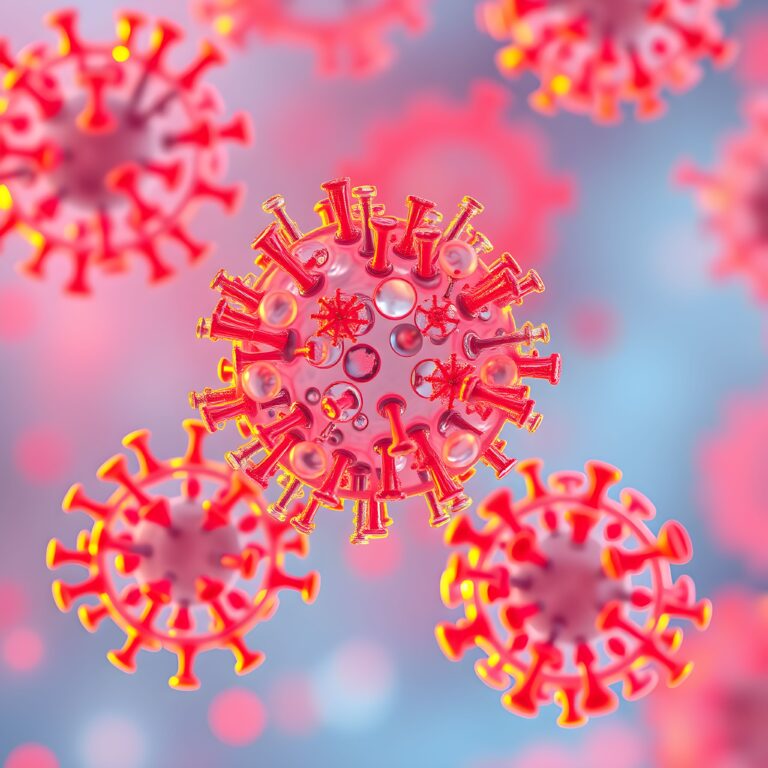The state of Minnesota has recently issued new guidelines for dog owners as the number of canine influenza cases continues to rise. According to the Minnesota Board of Animal Health, there have been several outbreaks of the H3N2 strain of the virus in various parts of the state in recent months.
Canine influenza, also known as dog flu, is a contagious respiratory disease that affects dogs. The virus is spread through direct contact with an infected dog or through exposure to contaminated objects or surfaces. Symptoms of the illness include coughing, sneezing, fever, and loss of appetite.
In response to the rising number of cases, the Minnesota Board of Animal Health has released new guidelines for dog owners. These guidelines include:
Vaccination: All dogs should be vaccinated against both the H3N2 and H3N8 strains of the virus. Vaccination is the most effective way to prevent the spread of the disease.
Isolation: If a dog is showing symptoms of canine influenza, it should be isolated from other dogs to prevent the spread of the virus. The dog should be kept away from other dogs for at least three weeks or until symptoms have disappeared.
Hygiene: Dog owners should practice good hygiene to prevent the spread of the virus. This includes washing hands regularly and disinfecting any surfaces that may have come into contact with an infected dog.
Monitoring: Dog owners should monitor their pets for any signs of illness and seek veterinary care immediately if their dog is showing symptoms of canine influenza.
Travel: If traveling with a dog, owners should research the areas they will be visiting to determine if there have been any recent outbreaks of canine influenza. Dogs should also be kept away from other dogs while traveling to prevent the spread of the virus.
The Minnesota Board of Animal Health is urging dog owners to follow these guidelines to help prevent the spread of canine influenza. While the virus can be serious, especially in older dogs or those with weakened immune systems, most dogs recover within two to three weeks with proper treatment.
In addition to following these guidelines, dog owners should also keep their pets up-to-date on all vaccinations and take other steps to ensure their dog’s overall health and well-being. By working together, we can help keep our furry friends healthy and happy.












